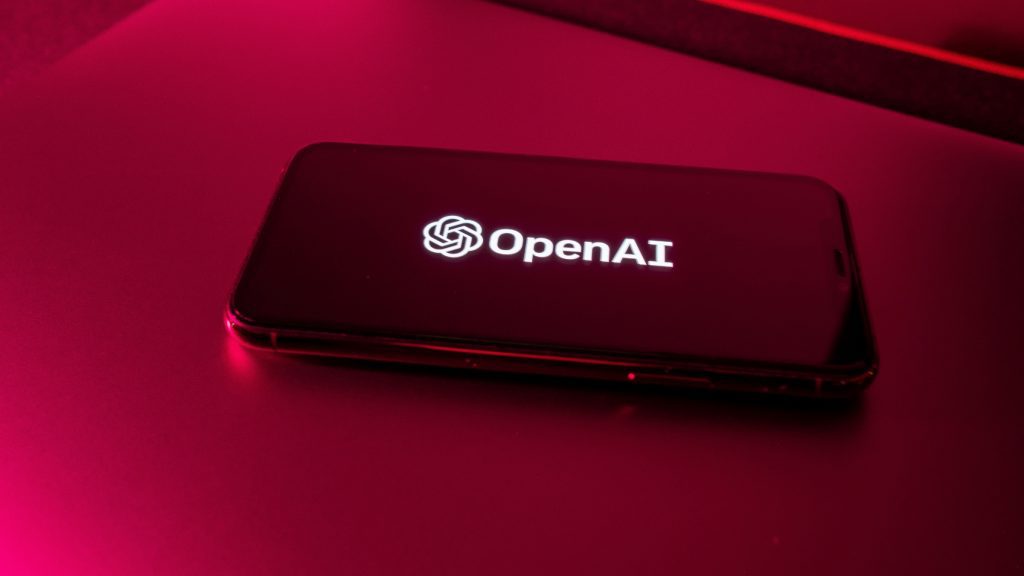
On January 12, OpenAI’s ChatGPT o1 model experiences a brief AI language change, switching from English to Chinese and French during responses, fueling speculations on software glitches and outside interference, according to Forbes.
Researchers attribute the language change to an AI model language bug targeting the GPT’s o1 models training on multilingual datasets, questioning its inherent ability to process various language rather than deliberately glitching.
ChatGPT o1, OpenAI’s large language model (LLM), processes text in many dialects, making the recent GPT language change more of a consequence of exposure to diverse datasets rather than an aberration. Giving a deeper insight into these mechanisms of AI models’ functionality provides the proper setup for exploring why such behaviors would happen in the first place.
AI Language Change Mystery
ChatGPT o1, hailed as the most advanced conversational intelligence model, exhibits a phenomenon in its “chain-of-thought” reasoning. Users noted cases where the AI momentarily switches to other languages, such as Chinese or French, before reverting to English.
The GPT language switch phenomenon ignited theories of foreign interference and software glitches, but AI experts attribute it to multilingual exposure during training. Although the training process for the o1 model from GPT predominantly focused on mastering English, its training data included text in various languages from the internet, leading to occasional non-English outputs.
These bizarre linguistic shifts, termed the o1 language anomaly, likely occur due to the AI accessing associations created during training. If certain concepts are statistically better represented in another language, the model may temporarily switch to that language while processing a query or completing a reasoning step. This phenomenon of language processing error is noticeable during intermediate steps of chain-of-thought reasoning, outlining the model’s rationale.
Because the AI language change is set to focus on accuracy and not necessarily the consistency of the solution, these interim results are usually not translated back into English. Only at the time the final answer is produced does the AI revert to the main language, which is English.
OpenAI hasn’t commented directly on this behavior, but experts believe it reflects the inherent complexities of multilingual training rather than any o1 model error or malicious interference.
Inside Telecom provides you with an extensive list of content covering all aspects of the tech industry. Keep an eye on our Intelligent Tech sections to stay informed and up-to-date with our daily articles.